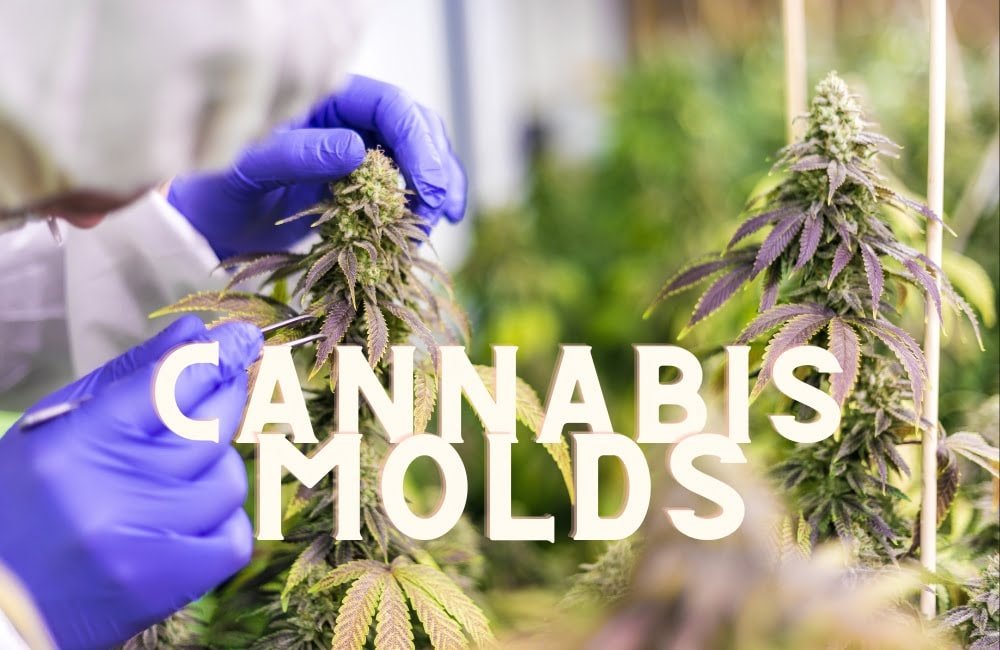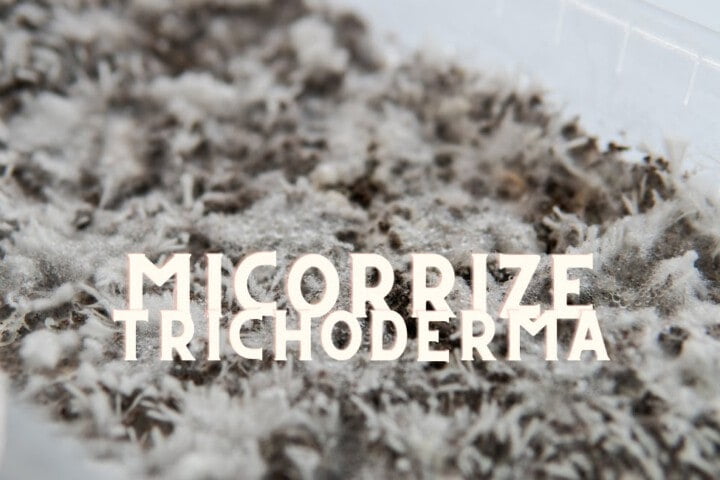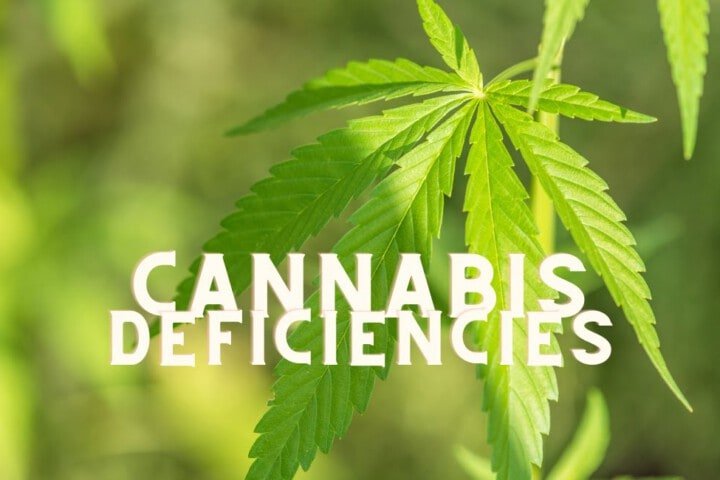Molds Common in the cultivation of Cannabis Plants
Welcome everyone to this new blog post about common molds in growing Mariuana plants! After having seen the How to clone Weed plant, fasten your seatbelts for this new article signed by the staff of Annibale Seedshop!
Introduction to the Most Common Molds in a Cannabis Grow
The presence of molds in cannabis cultivation can be a serious problem, affecting both the quality of the resin and the health of people who consume contaminated cannabis.
This article will provide an accurate description of the main molds that can occur in the cultivation of cannabis, the environmental causes that favor their appearance, the preventive measures to be adopted, the treatment methods when it is still possible to intervene and the health consequences deriving from the assumption of cannabis contaminated with molds.
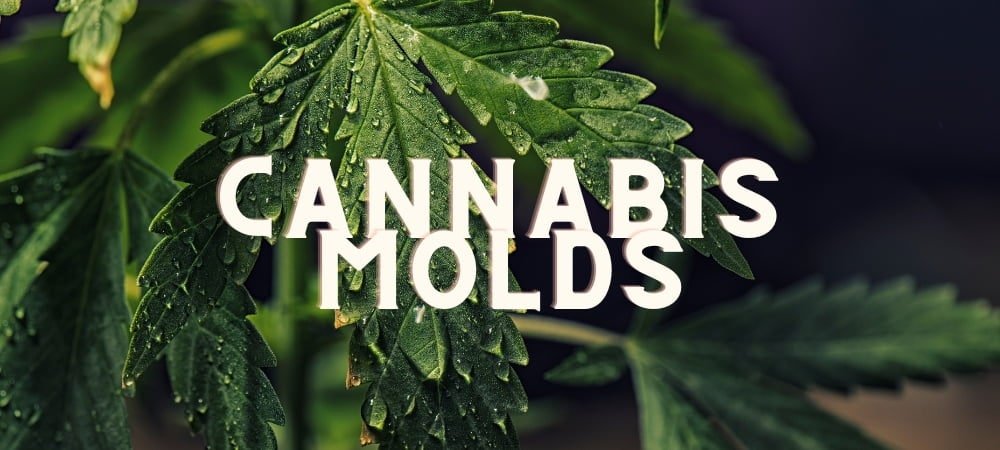
5 Main Types of Mold in Growing Cannabis:
In the cultivation of cannabis, the 5 main types of molds that can occur are:
- Botrytis cinerea (grey mold): A common mold that can spread rapidly and damage buds, flowers and leaves.
- Aspergillus spp.: A genus of mold that can produce toxins harmful to human health if inhaled or ingested.
- Penicillium spp.: A genus of mold that can produce toxins and contaminate plant products.
- Cladosporium spp.: A ubiquitous mold that can spread easily under growing conditions.
- Powdery mildew: A white or gray mold that develops in environments with high humidity and moderate temperatures, forming a powdery layer on the leaves and flowers.
Environmental Causes of the Appearance of Weed Molds:
Molds in cannabis cultivation can develop due to several environmental causes, including:
- High Humidity: High relative humidity can promote mold growth. Humidity values above 60-70% can increase the risk of mold development.
- Inadequate Temperature: High temperatures or thermal fluctuations can create conditions conducive to mold growth.
- Lack of Ventilation: Poor ventilation can create a stagnant environment that favors mold growth.
- Inadequate Lighting: Excessive or inadequate light can affect temperature and humidity, creating an environment conducive to mold.
5 Ways to Prevent Cannabis Molds:
To prevent mold from appearing in cannabis cultivation, it is important to take the following preventive measures:
- Humidity Control: Maintaining relative humidity between 40% and 60% during the flowering stage can reduce the risk of mold development.
- Proper Ventilation: Make sure the grow area is well ventilated to promote airflow and prevent stagnant environments from forming.
- Temperature Monitoring: Maintaining a constant and adequate temperature can reduce the risk of mold growth.
- Light Control: Use low heat lamps or LEDs which generate less heat and reduce the risk of moisture build up in growing areas.
- Isolation of Infected Plants: Remove infected plants immediately to prevent the spread of fungal spores.
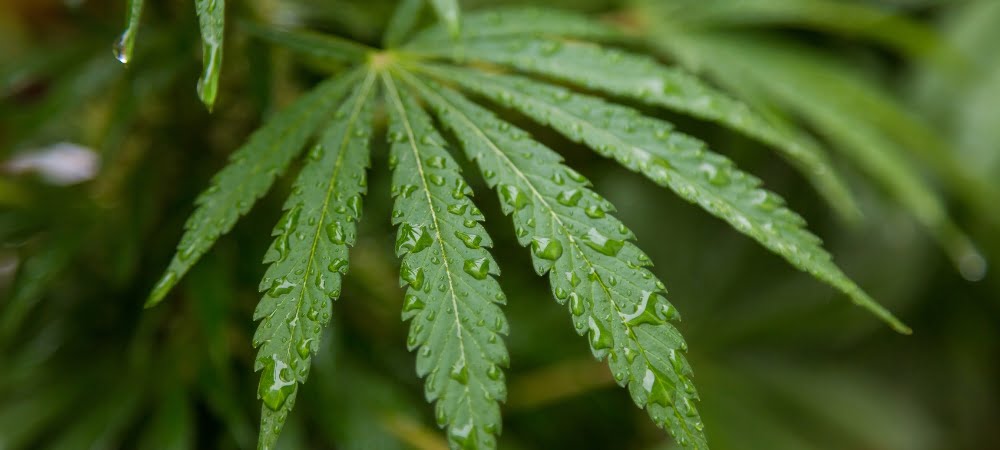
Methods of Curing Cannabis Mold (whenever possible):
If mold is found in a cannabis grow, it is important to act quickly. However, it is vital to note that in some cases it is not possible to cure mold and the only solution is to get rid of it completely.
- Isolation of Infected Plants: Isolate infected plants immediately to prevent the spread of spores.
- Removing Infected Parts: Cut off infected parts of the plant, making sure to remove the mold completely to avoid re-contamination.
- Anti-mold Treatments: In some cases, specific anti-mold treatments can be used to eliminate mold.
- Constant Monitoring: After curing mold, monitor your crop closely to prevent any new infections.
Health Consequences of Intake of Mold Contaminated Cannabis:
Taking cannabis contaminated with molds can pose serious health risks, particularly if the molds produce harmful toxins. Consequences can include:
- Respiratory Problems: Inhalation of fungal spores or toxins may cause respiratory irritation, coughing, difficulty breathing or allergic reactions.
- Gastrointestinal Problems: Ingesting molds or toxins found in cannabis can cause gastrointestinal discomfort such as nausea, vomiting, and diarrhea.
- Allergic Reactions: Some people may be allergic to fungal spores, developing allergic reactions such as itching, swelling, or a rash.
- Immune System Problems: Some molds can compromise the immune system, making the body more susceptible to infection.
Conclusions…
The appearance of mold in cannabis cultivation poses a threat to product quality and consumer health. It is essential to take preventive measures to avoid mold growth and to act promptly if the presence of mold is detected.
Consuming cannabis contaminated with molds can cause serious health problems, so it is essential to pay attention to the quality of the product and make sure you get cannabis from reliable and controlled sources.
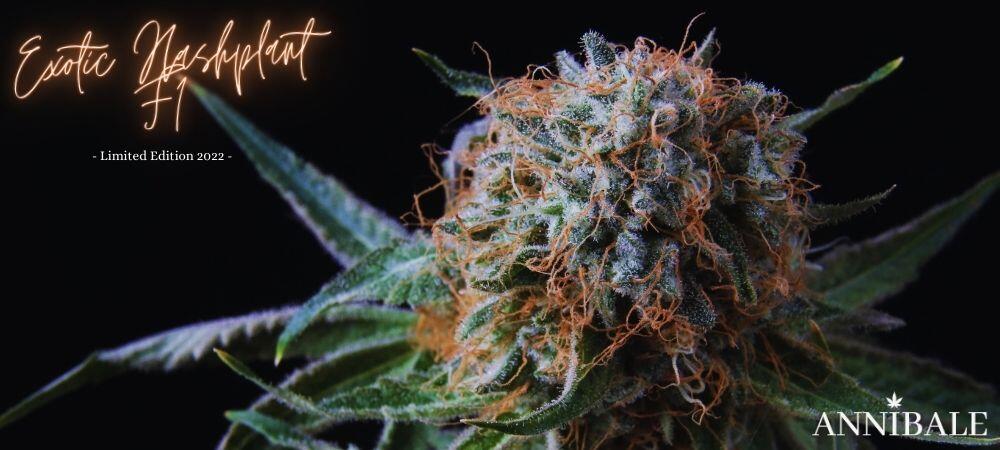
And this manual on the Main molds in the cultivation of Cannabis comes to an end, hoping to have been of help to you, see you in the next article!
Greetings from the Annibale Seedshop Team!
Davide V, CEO, Founder & Geneticist


